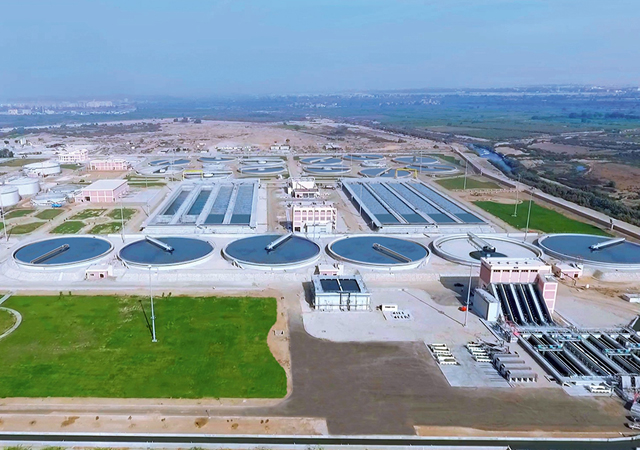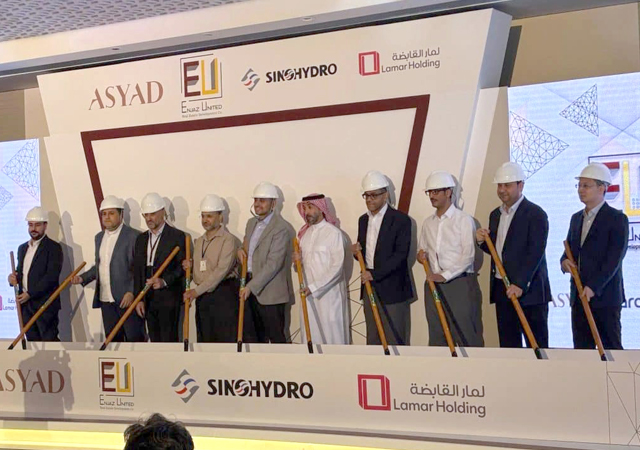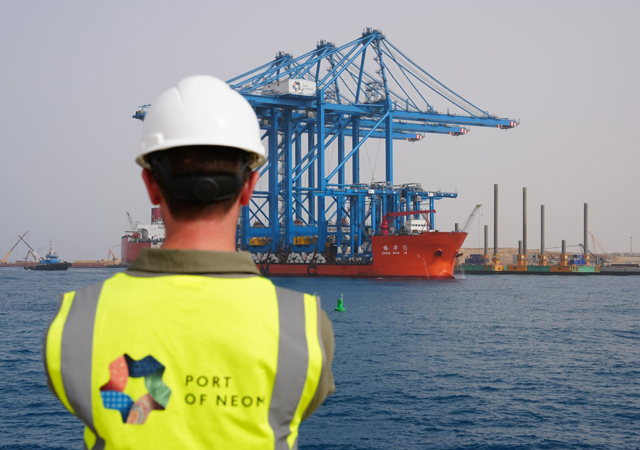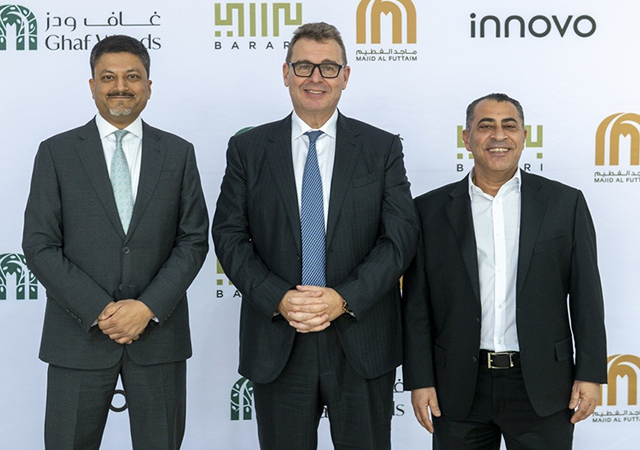
 Jordan ... the Protocol made the industry talk and think about delay and disruption.
Jordan ... the Protocol made the industry talk and think about delay and disruption.
With the Society of Construction Law Delay and Disruption Protocol set to enter its second edition, Stuart Jordan* elaborates on why it was written and hints on what to expect from the new edition.
Delay and disruption to works are still the biggest drivers of construction disputes. This is damaging for the industry and it prompted an initiative in England some 15 years ago to produce a guide to good practice in drafting and operating contracts. This is the snappily-titled Society of Construction Law Delay and Disruption Protocol.
Since the Protocol is currently under review and a consultation draft of a second edition has been produced, it is a good time to look at why it was written and how it has been used.
For full disclosure, I was on the drafting committee for the original Protocol. The biggest surprise for me has been just how often it is referenced in the Gulf. In disputes, sometimes both sides will quote selectively from the Protocol in support of their position! In drafting and negotiating contracts, we see many of the core principles adopted.
There are still misconceptions about the Protocol. Despite its express statements to the contrary, many observers still believe that the Protocol is a statement of the law on delay and disruption, and that it is intended to be incorporated into contracts. It is worth a recap on the intentions behind the document.
Large parts of construction contracts are devoted to change management: the processes which make technical, financial and programme adjustments when change happens. Planning for the unplanned is difficult, but if we are to judge most published contracts by their ability to avoid change control turning into disputes, then we have to conclude that too often they fail. So strong is the expectation of trouble that many people in our industry consider contractual claims (for time extensions, or compensation for disruption to works) as being effectively disputes rather than legitimate operation of change management provisions. It was concluded that there have to be ways to cut that connection between change control and disputes.
These disputes are particularly damaging because of the very close dealings which the parties’ delivery teams have with each other every day. The real cost of disputes is not just in terms of lawyers’ and consultants’ fees but in distraction from completing the works and in damaging the relationships between the project teams. Whenever parties have the room to disagree about something, one of them (or both!) will feel that something has happened which is incorrect and unfair, so generating a sense of grievance.
Two other factors tend to exacerbate delay and disruption disputes:
• First, the complexity of the situation can make it difficult to understand time and money entitlement without expert analysis. This takes the issues away from the parties themselves and fuels the perception that they disappear into the realm of the “Dark Arts” of delay analysis. This is theory and not practical reality.
• Second, disputed matters can (often for the above reason) remain unresolved for months or years after they arose. The uncertainty of outcome continues, as does the sense of grievance.
The most direct remedy to these problems is to draft clearer contract terms and provide for more eventualities, in order to cut down the scope for the parties to disagree about the contractor’s entitlements when delay and disruption happen. This is the “transparent and unified approach” which is as the core of the document. Another remedy is to provide for the assessment of those entitlements as soon as is practicable.
The Protocol approaches this by providing guidance on:
• Programmes – format, content and regular updating: sufficient to be a useful, informative description of progress, resources used, the impact of events and future plans. It also looks at approval of programmes, their status in the contract and their use in analysing claims.
• Clearing up known uncertainties (and common causes of disputes) on entitlement by drafting for specific outcomes. The best known are concurrent delay, the making of “global claims” and “ownership of float” which are as much discussed now as when the Protocol was published. The objective is certainty of outcome, above any particular outcome.
• Responsibility for the making and keeping of records sufficient (as with programmes) to be an informative source of data in order to understand progress and the impact of events of delay and disruption.
• Understanding various methods of delay analysis. A few are summarised with a recommendation of one method (time impact analysis) if the maintained records and updated programme will allow it.
The central idea to the Protocol is that the parties have less room to disagree on entitlement to money or extensions of time due to delay and disruption if all of the above contract features are in place and have operated transparently to produce a certain outcome. At least that is the theory.
The Protocol has been criticised mostly for its recommendation of the time impact analysis above other methods, for recommending early assessment of entitlement (perhaps before the full impact of events is known) and for adding onerous and expensive tasks in keeping records and updating programmes. The thread through these criticisms is that the Protocol can – at some expense - create a theoretical process divorced from reality.
The second edition deserves a separate review when it is published. For now, the consultation draft appears to address some of these criticisms, in particular with more extensive summaries of delay analysis methods and when to use them. There is more detailed examination of the difference between analysis of delay at the point of first impact and the eventual effect, also a lot more detailed guidance on assessing disruption. The recommendation is still for early submission and early assessment of entitlement.
If nothing else, the Protocol has made the industry talk and think about delay and disruption instead of putting it in the “too difficult” drawer. The new edition has to be a good thing on that score alone.
* Stuart Jordan is a partner in the Global Projects group of Baker Botts, a leading international law firm. Jordan’s practice focuses on the oil, gas, power, transport, petrochemical, nuclear and construction industries. He has extensive experience in the Middle East, Russia and the UK.






.jpg)









.jpg)




































.jpg)

